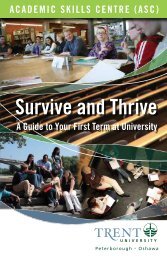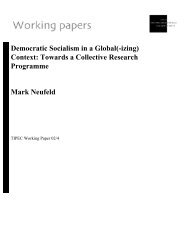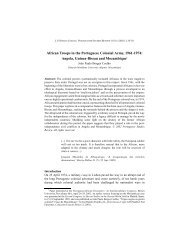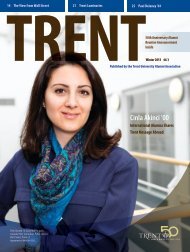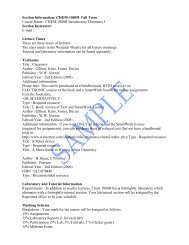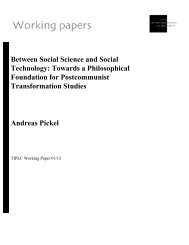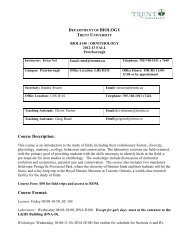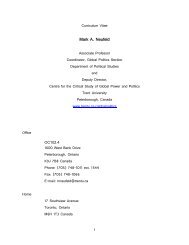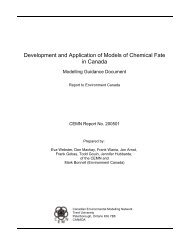AUTHOR COPY - Trent University
AUTHOR COPY - Trent University
AUTHOR COPY - Trent University
You also want an ePaper? Increase the reach of your titles
YUMPU automatically turns print PDFs into web optimized ePapers that Google loves.
Shroff<br />
related and interrelated at the most subatomic level, making it impossible to<br />
observe reality without altering it (Edmison, 2004).<br />
The new physics thus emphasizes the interrelational, indeterminate and<br />
probabilistic qualities of matter and energy, and challenges components of the<br />
scientific method related to Newtonian mechanics, such as determinism and<br />
linear causality.<br />
New science and holistic health<br />
Some physicians are moving beyond these ‘old’ scientific paradigms, however,<br />
in conceptualizing health issues (McQuaide, 2005). Although there are literally<br />
thousands of allopathic physicians whose work incorporates ideas of holistic<br />
health, Deepak Chopra, MD, and Andrew Weil, MD, have gained great popularity.<br />
Their work has successfully bridged a gap between reductionism and<br />
holism and, drawing from quantum mechanics theory, has conceptualized the<br />
differences between a reductionist and quantum or holistic paradigm for health.<br />
These allopathic physicians with holistic inclinations predict that sooner or<br />
later, allopathic medical science will catch up with the theoretical revolution in<br />
physics – as the interdependence of mind and matter is now firmly established<br />
in the model of reality used by contemporary physicists; these physicians assert<br />
that medical researchers ought to seriously take up the research challenge of<br />
analyzing how the mind and body interact.<br />
A relatively new branch of scientific inquiry, psychoneuroimmunology, has<br />
taken up this challenge. It integrates some of the ideas from quantum mechanics,<br />
psychology, neurology and endocrinology. Psychoneuroimmunologists primarily<br />
theorize the mind/body connection through studying the brain and hormones.<br />
Hormones, particularly those from the brain, are seen as the link between the<br />
mind and body. Candace Pert made headlines with her 1970’s research on<br />
neuropeptides as the ‘molecules of emotion’ and was also featured in the film<br />
What The Bleep Do We Know (2004) (Bruce, 2005). Pert’s research was posited<br />
on the presumption that neuropeptides are the molecular messengers that affect<br />
the metabolism of the cell and link the nervous, immune and endocrine systems<br />
(Pert and Marriott, 2007). Pert’s contributions have given birth to a large number<br />
of such studies within the reductionist scientific community.<br />
<strong>AUTHOR</strong> <strong>COPY</strong><br />
Holistic health<br />
The aforementioned concepts of systems science and holism find concrete application<br />
in systems of holistic health promotion, disease prevention, treatment<br />
of illness and/or palliative care such as yoga, ayurvedic medicine, Chi Gung,<br />
Tai Chi, Traditional Chinese Medicine and African and Indigenous systems of<br />
health-care. What connects the diversity of these holistic traditions is that<br />
without exception, they take into account mind, body, the environment and the<br />
248 r 2011 Macmillan Publishers Ltd. 1477-8211 Social Theory & Health Vol. 9, 3, 244–255



